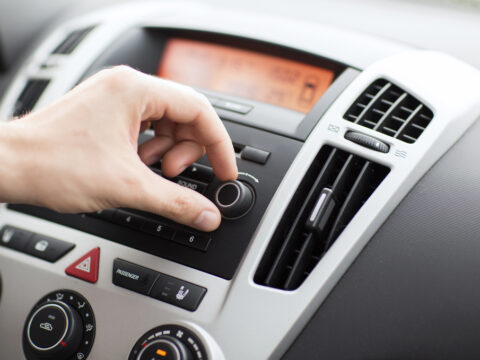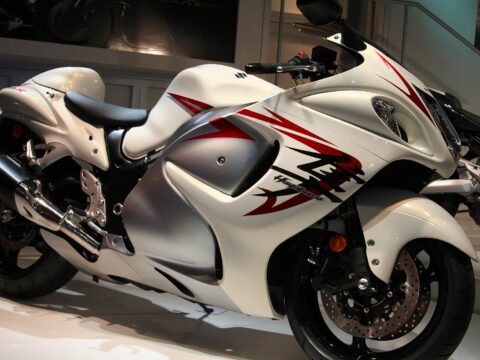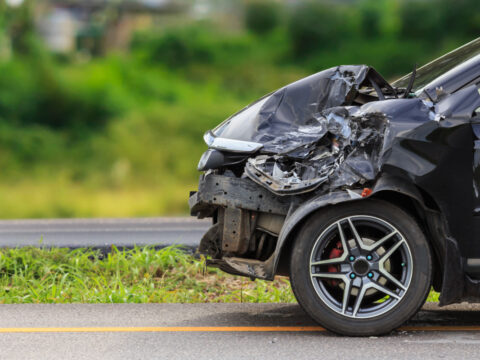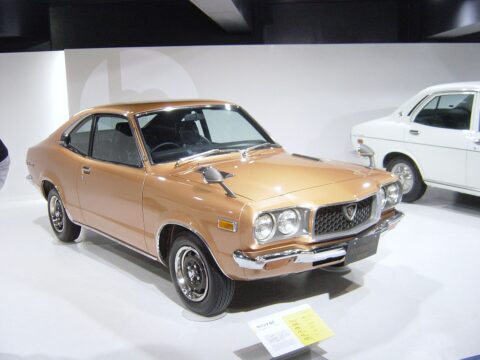Vintage cars often come with a lot of nostalgia and excitement, but not all classics are as great as they seem. Some may look amazing, but under the hood, they fail to deliver the performance or reliability expected. In this list, we’ll explore 25 overhyped vintage cars that, despite their reputation, don’t live up to the hype.
Contents
Ford Mustang II (1974-1978)
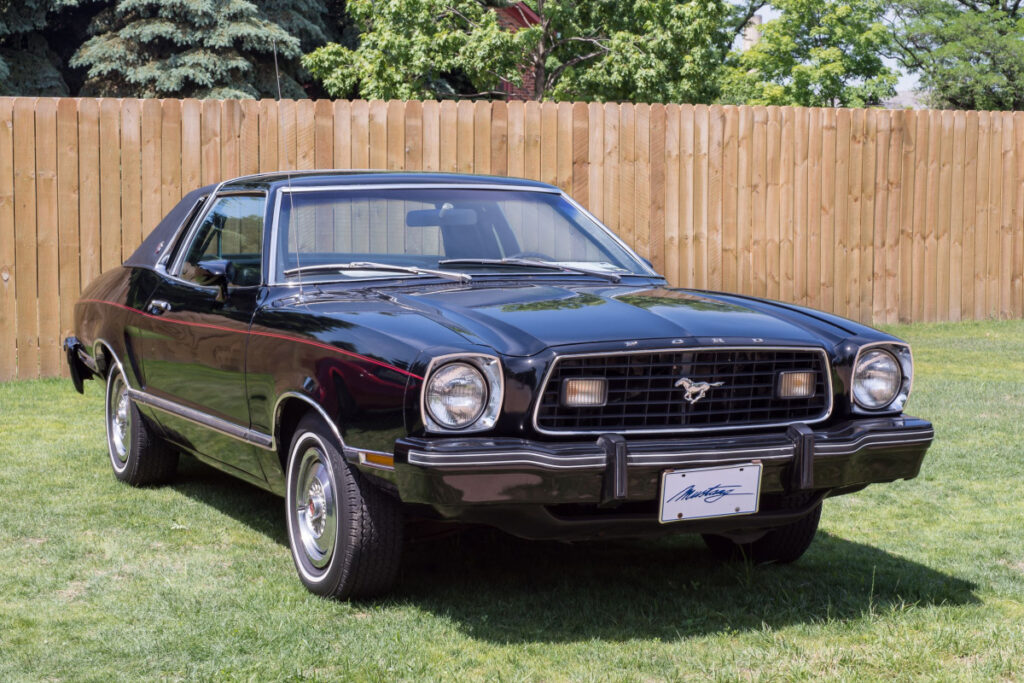
The Mustang II had big shoes to fill, following the iconic first-generation Mustang. Unfortunately, it was underpowered, featuring engines like the 2.3L four-cylinder that didn’t deliver the muscle car performance expected from the Mustang name. Built during the oil crisis, it prioritized fuel economy over power, which led to its disappointing reception.
DeLorean DMC-12 (1981-1983)
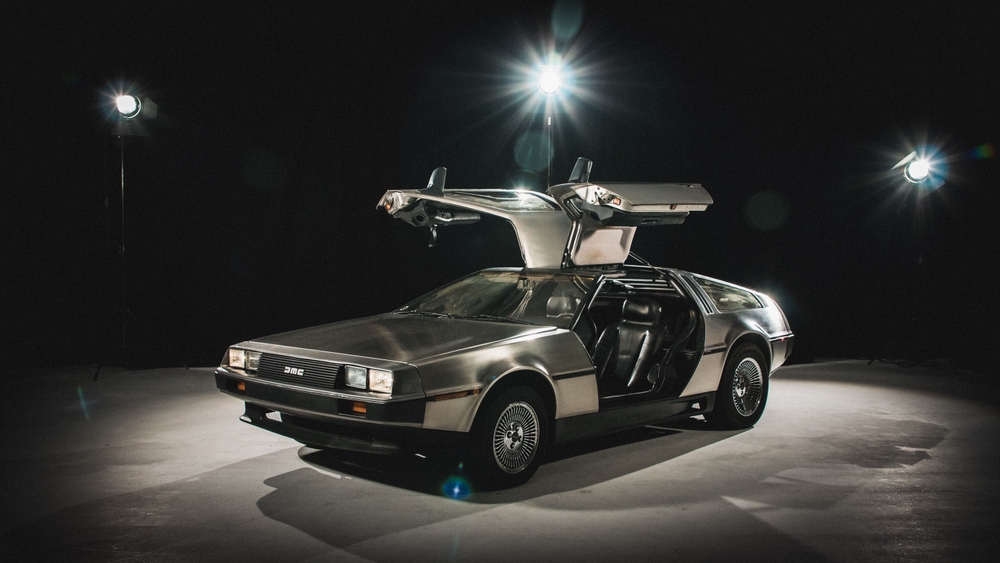
While it gained pop culture fame thanks to Back to the Future, the DeLorean DMC-12 was plagued with issues. Its 2.85L V6 engine was underwhelming, delivering only 130 horsepower. The stainless steel body and gullwing doors were impressive, but poor build quality and a hefty price tag made it more style than substance.
Chevrolet Corvair (1960-1969)

The Corvair is remembered for its handling problems, highlighted in Ralph Nader’s Unsafe at Any Speed. Its rear-engine design led to a tendency to oversteer, making it dangerous to drive. Although later models improved safety, the car’s reputation never recovered, making it one of Chevrolet’s most infamous flops.
Jaguar E-Type Series III (1971-1974)
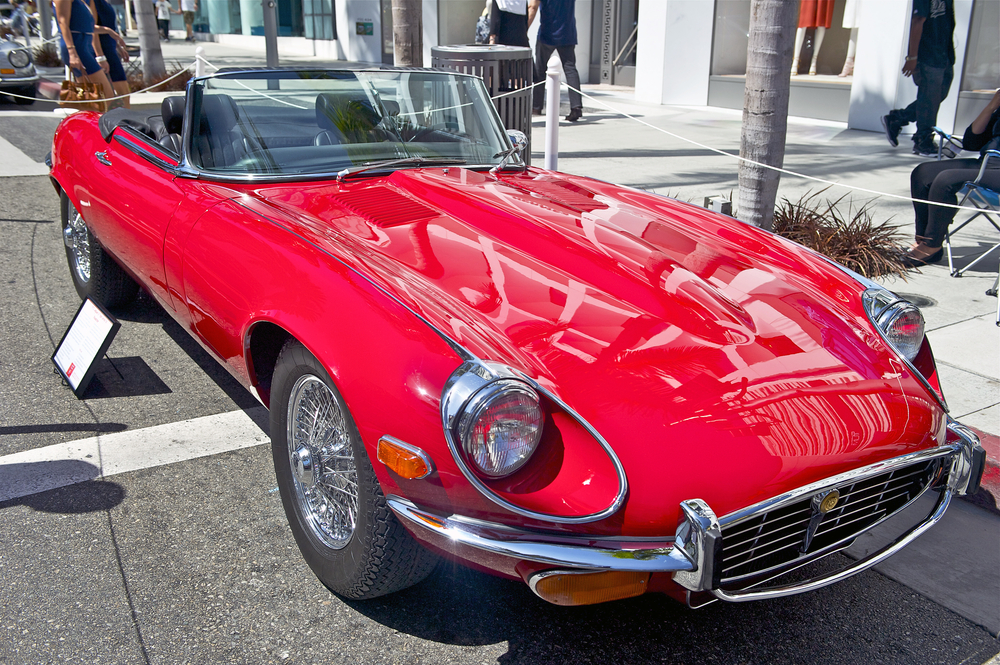
The Series III E-Type added a V12 engine, but at the expense of the original’s sleek handling. The extra weight made the car less agile, and the styling changes were divisive. While still considered a beautiful car, the Series III didn’t live up to the legend of its predecessors.
Pontiac Fiero (1984-1988)
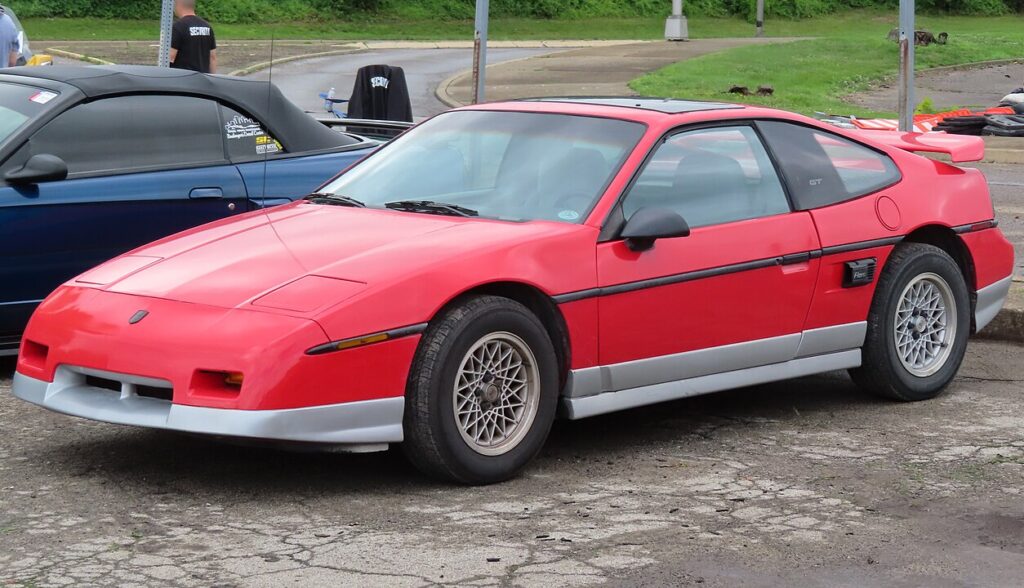
Pontiac marketed the Fiero as a sports car, but its early models were underpowered with a 2.5L “Iron Duke” engine that only produced 92 horsepower. It also suffered from overheating and fire risks due to poor engine compartment design. While it improved over time, the damage to its reputation was already done.
Triumph Stag (1970-1977)
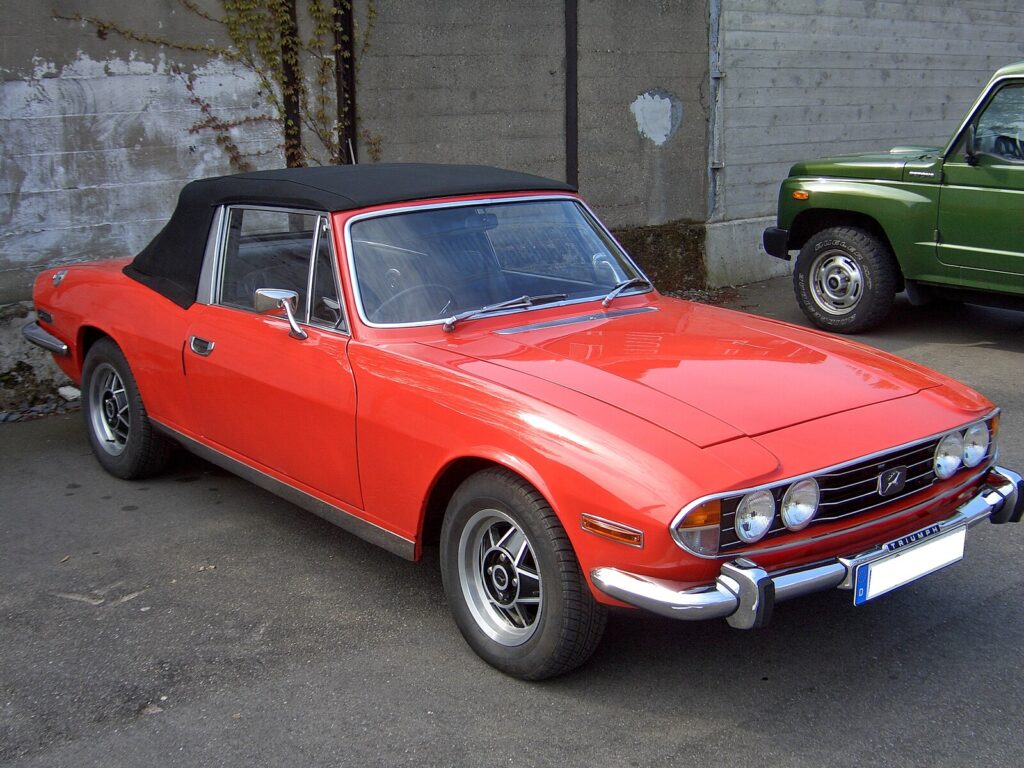
The Triumph Stag looked the part of a luxury sports tourer, but its 3.0L V8 engine was unreliable, prone to overheating and engine failure. The car’s frequent mechanical issues and poor build quality overshadowed its attractive design and potential as a competitor to European luxury models.
Maserati Biturbo (1981-1994)
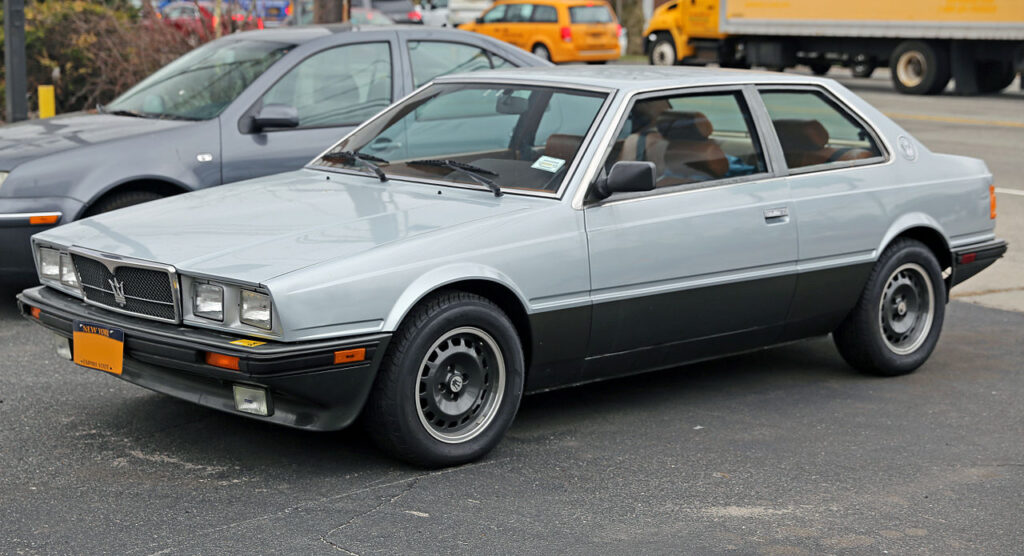
The Biturbo was supposed to bring Maserati’s luxury to the masses, but its 2.0L twin-turbo V6 was notorious for unreliability. Poor build quality, electrical issues, and turbo lag plagued the car’s performance. Instead of competing with other luxury brands, the Biturbo damaged Maserati’s reputation.
Ferrari Mondial (1980-1993)
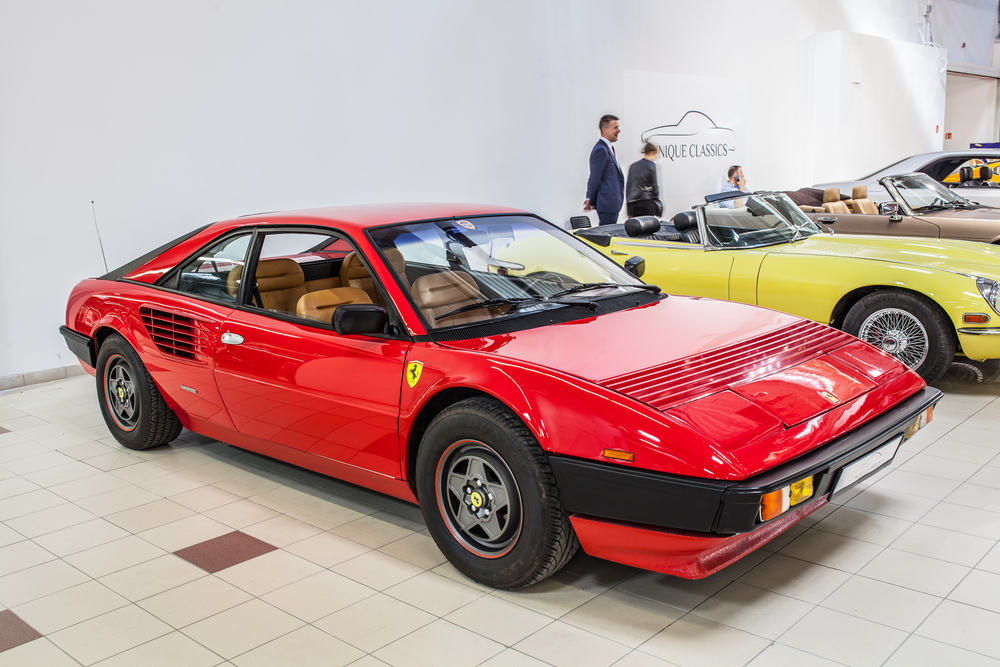
Although it carried the Ferrari badge, the Mondial was one of the least-loved models. Its 3.0L V8 engine produced modest performance, and its awkward proportions made it less visually appealing than other Ferraris. With slow acceleration and high maintenance costs, the Mondial failed to live up to Ferrari’s racing legacy.
AMC Pacer (1975-1980)
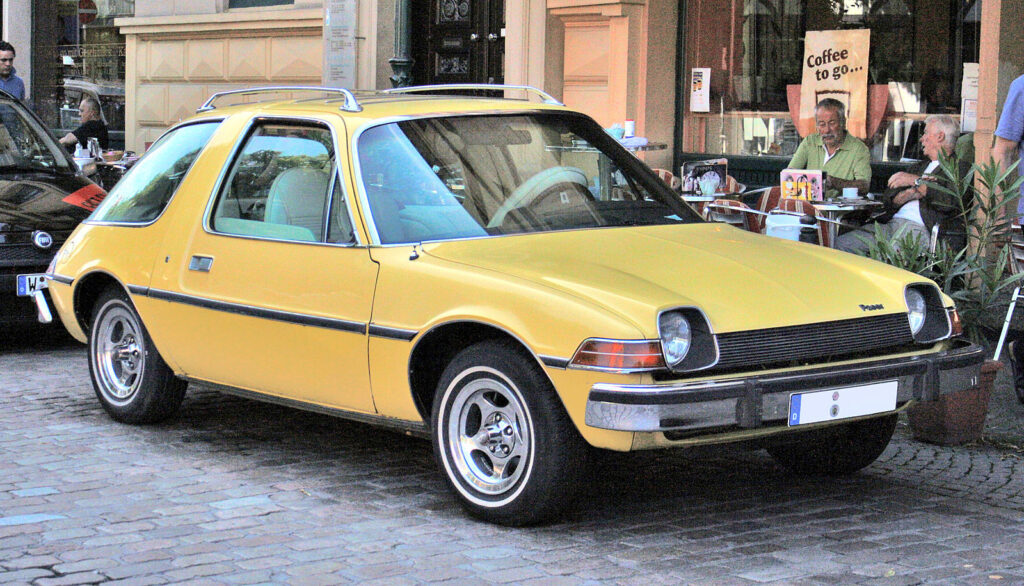
The AMC Pacer’s bubble-like design stood out, but its unconventional looks weren’t enough to compensate for poor performance. Its wide, heavy body coupled with small, inefficient engines resulted in sluggish acceleration and low fuel economy. The Pacer became a symbol of 1970s automotive oddities rather than a beloved classic.
Lotus Esprit (1976-2004)

While the Esprit gained fame in James Bond films, its performance often fell short of expectations. The early models had fragile build quality, unreliable engines, and electrical issues. Despite its exotic looks, many owners found the Esprit more of a maintenance headache than a thrilling driving experience.
BMW Isetta (1955-1962)
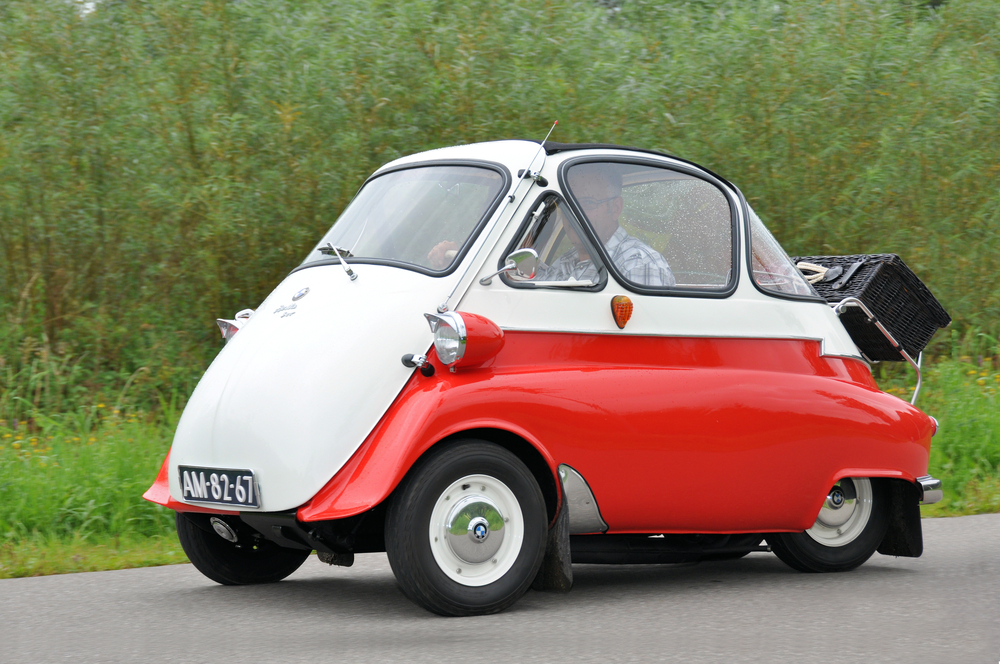
The Isetta, known for its quirky bubble-car design and front-opening door, was practical in post-war Europe but lacked performance. With only a 300cc engine producing 12 horsepower, it was painfully slow, and its unusual design limited practicality. The Isetta may be iconic, but it doesn’t offer much beyond novelty value.
Cadillac Cimarron (1982-1988)
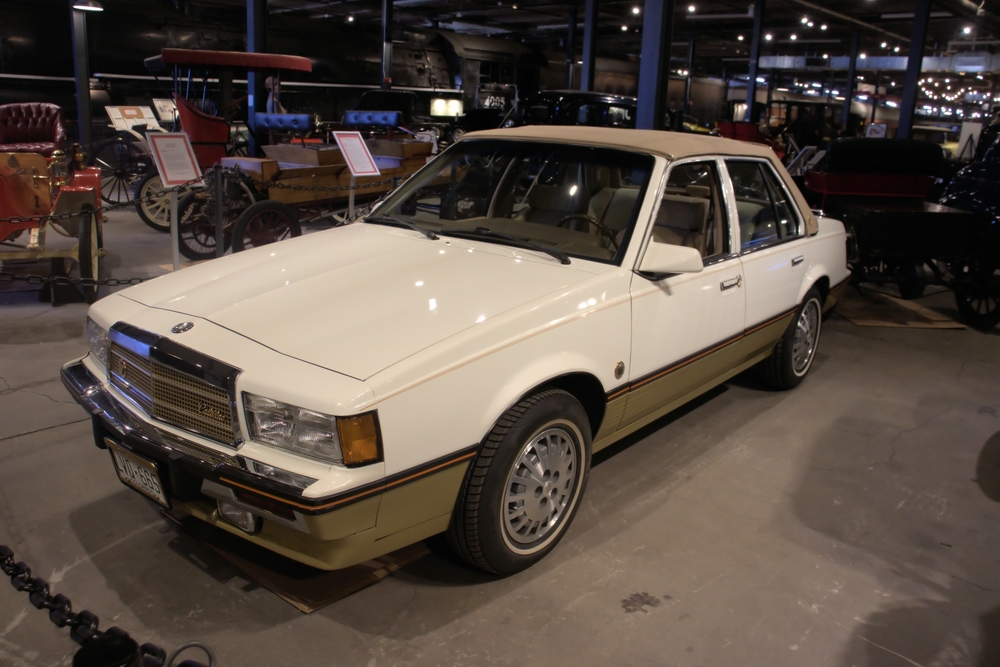
The Cimarron was Cadillac’s attempt to compete in the compact luxury segment, but it was essentially a dressed-up Chevrolet Cavalier. Its underpowered 1.8L engine, poor handling, and lack of luxury features made it an embarrassment for the brand, tarnishing Cadillac’s reputation for upscale vehicles.
Volkswagen Karmann Ghia (1955-1974)
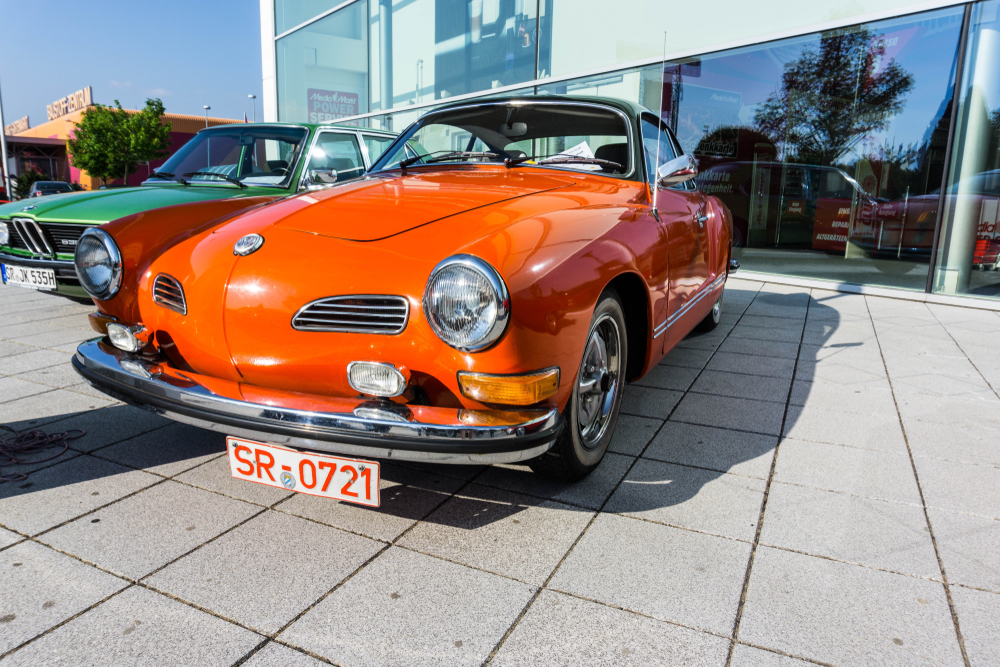
The Karmann Ghia had beautiful, Italian-inspired styling but lacked the performance to match. Underneath its sleek body was the chassis of a humble Volkswagen Beetle, powered by a modest flat-four engine. It may look sporty, but the driving experience was anything but thrilling.
Plymouth Prowler (1997-2002)
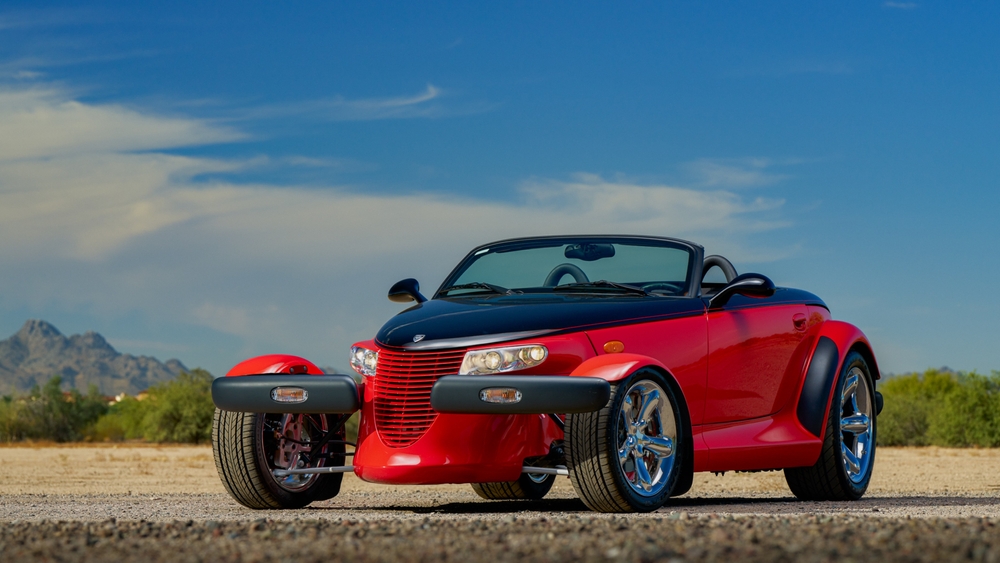
The Prowler had the look of a retro hot rod, but its 3.5L V6 engine didn’t deliver the power expected from its aggressive styling. With only 250 horsepower, the Prowler was more show than go, and its cramped interior and lack of practicality made it a disappointment for those seeking substance to match its bold design.
Alfa Romeo Spider Series 4 (1990-1994)
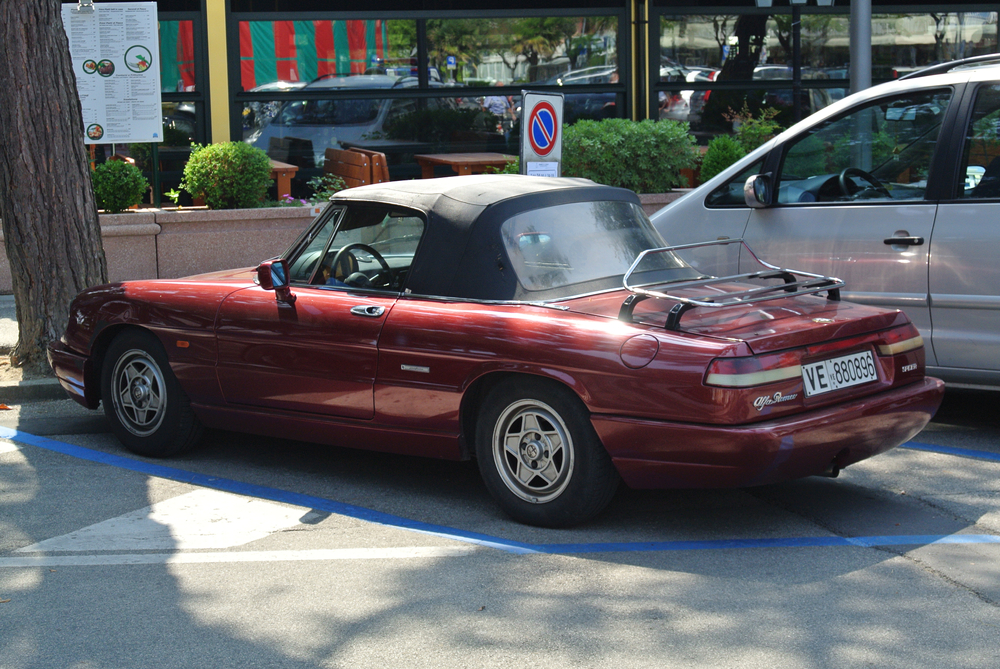
The Series 4 Spider continued Alfa Romeo’s long-running roadster line, but by the 1990s, it was outdated. Its 2.0L four-cylinder engine was underwhelming, and the car’s build quality was questionable. Despite its classic looks, it couldn’t compete with more modern roadsters in terms of performance or reliability.
Chevrolet Monte Carlo SS (1983-1988)
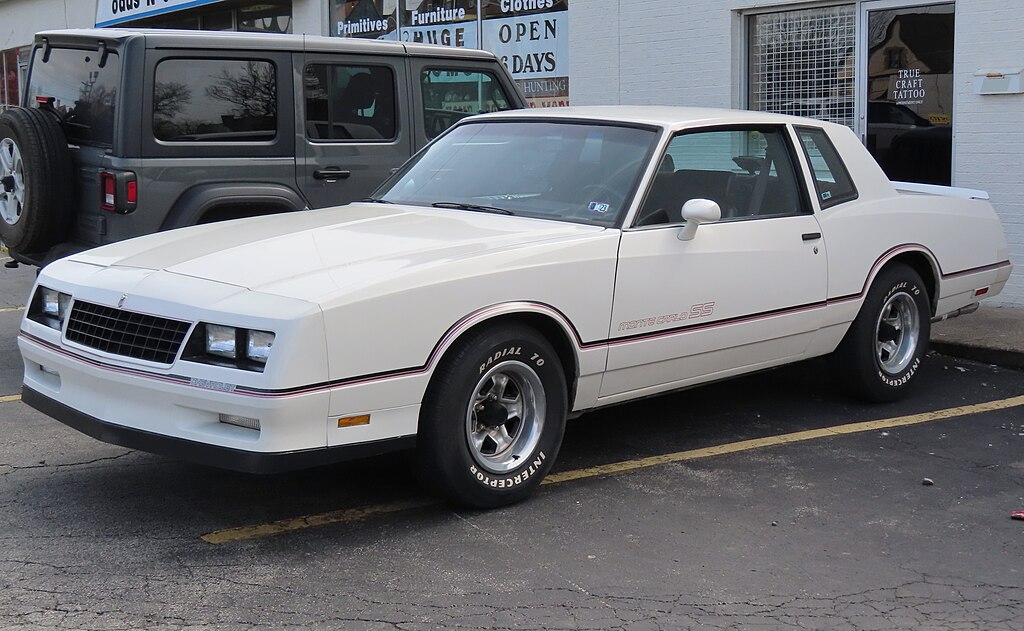
The Monte Carlo SS looked like a muscle car but didn’t deliver the performance to back it up. Its 5.0L V8 engine only produced 180 horsepower, which wasn’t enough for the car’s heavy frame. Though it had the appearance of a performance car, the driving experience was underwhelming for enthusiasts.
MG Midget (1961-1979)
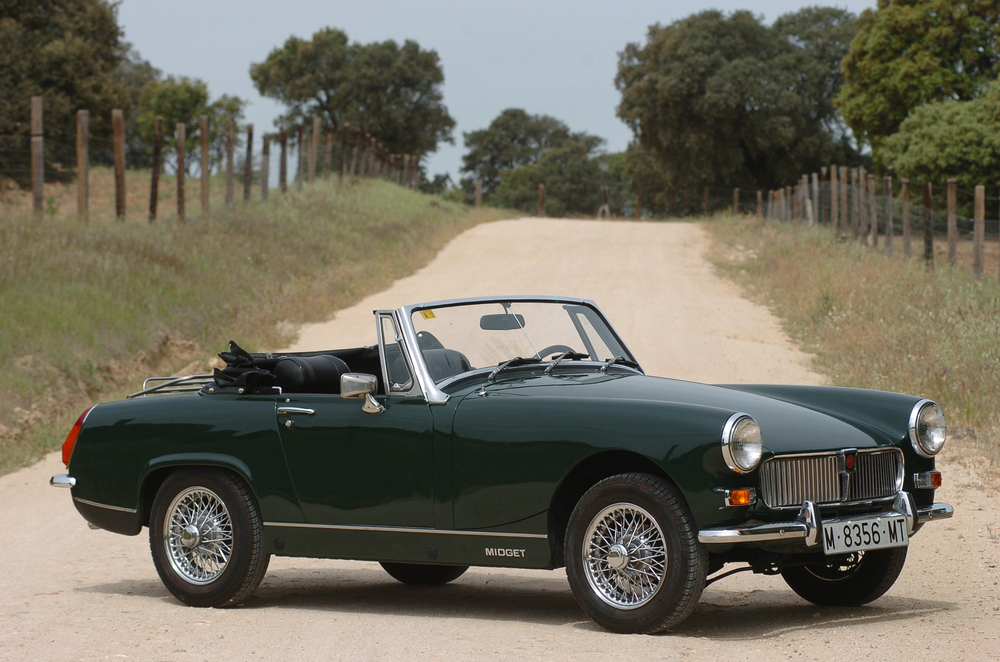
The MG Midget was a small, lightweight roadster, but its cramped cabin, weak engines, and lack of modern amenities made it difficult to live with. The 948cc engine in early models struggled to provide enough power, and its basic design couldn’t keep up with the evolving market for fun, affordable sports cars.
Renault Fuego (1980-1986)
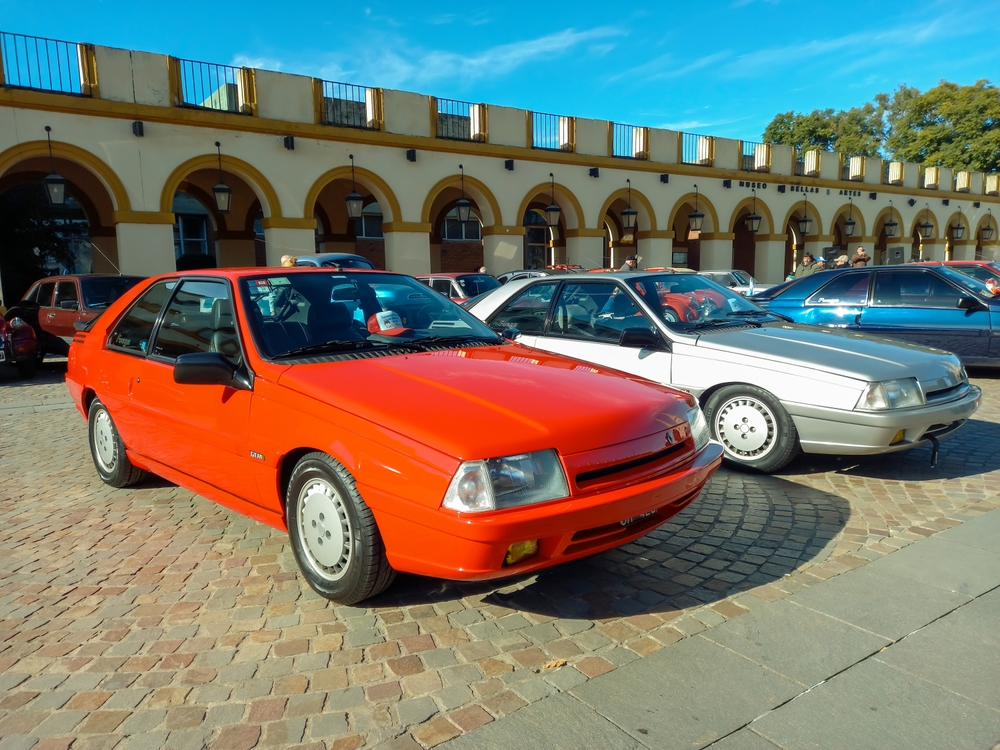
The Renault Fuego promised sporty looks but delivered sluggish performance. Its 1.6L engine produced just 64 horsepower, and its front-wheel-drive setup lacked the excitement of rear-wheel-drive competitors. Though it was marketed as a sporty coupe, the Fuego fell short of expectations in both performance and reliability.
Chrysler TC by Maserati (1989-1991)
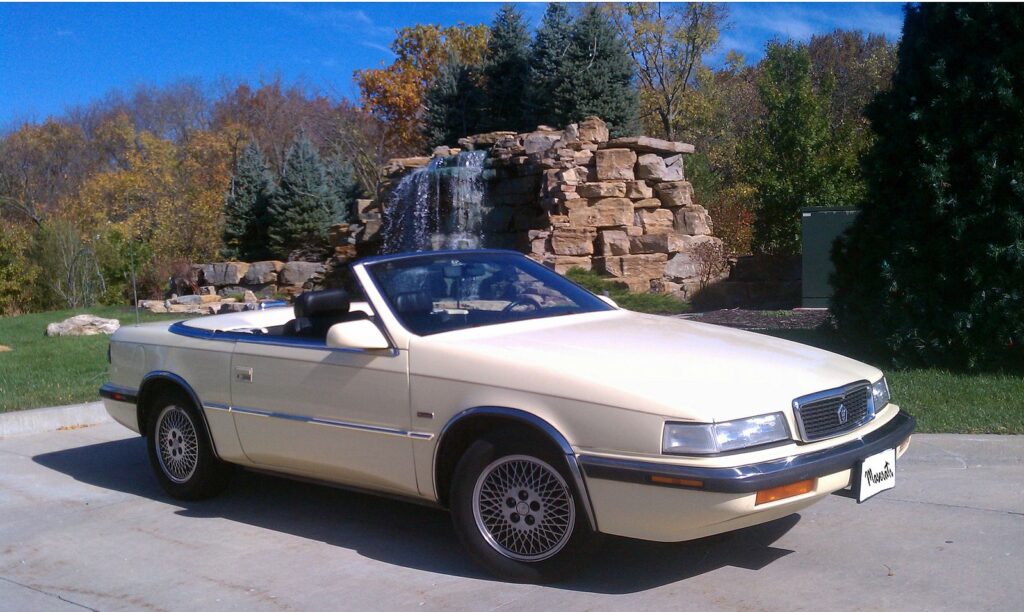
This collaboration between Chrysler and Maserati aimed to create a luxury roadster but missed the mark. The 2.2L turbocharged engine was underpowered, and the car’s overall design lacked the refinement expected from Maserati. Instead of a high-end vehicle, the TC by Maserati felt like a rebadged Chrysler with a hefty price tag.
Austin Allegro (1973-1982)
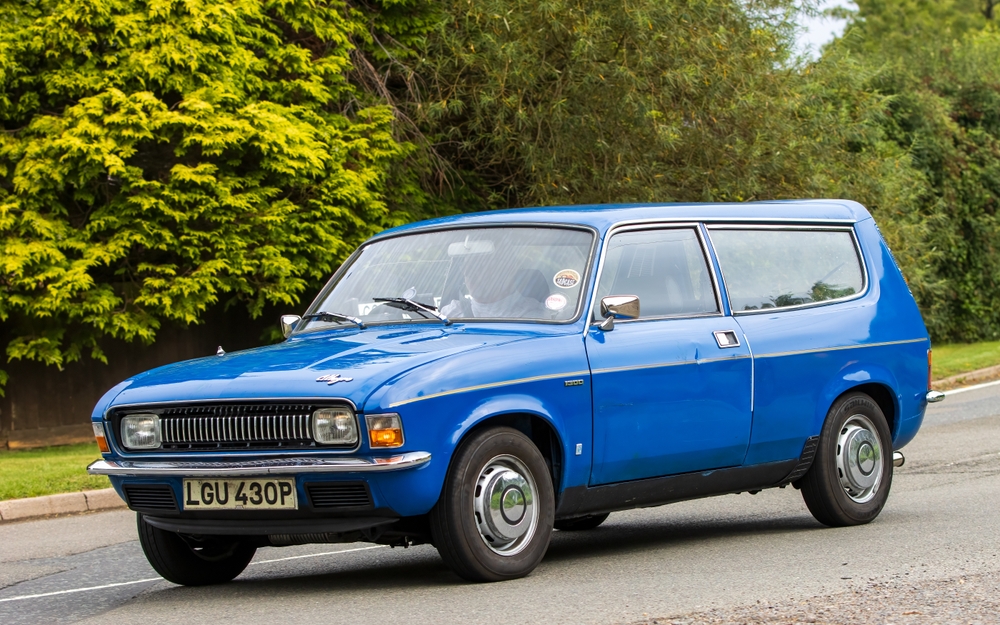
The Austin Allegro was one of Britain’s most notorious automotive failures. Its poor build quality, awkward design, and mechanical issues made it the butt of many jokes. The Allegro was plagued with reliability problems, from rust to engine failure, and its underwhelming performance sealed its fate as a poorly executed economy car.
Ford Thunderbird (2002-2005)
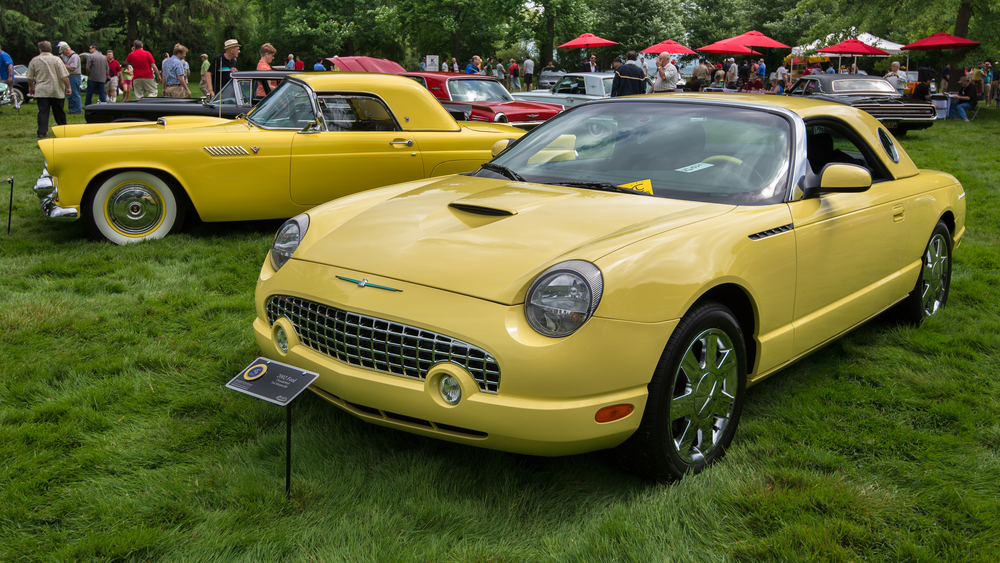
Ford revived the Thunderbird in 2002, but its retro styling couldn’t hide its flaws. The 3.9L V8 engine produced decent power, but the car’s heavy weight and uninspiring handling made it less fun to drive. Despite its iconic name, the modern Thunderbird was more about looks than driving excitement, leading to disappointing sales.
Fiat X1/9 (1972-1989)
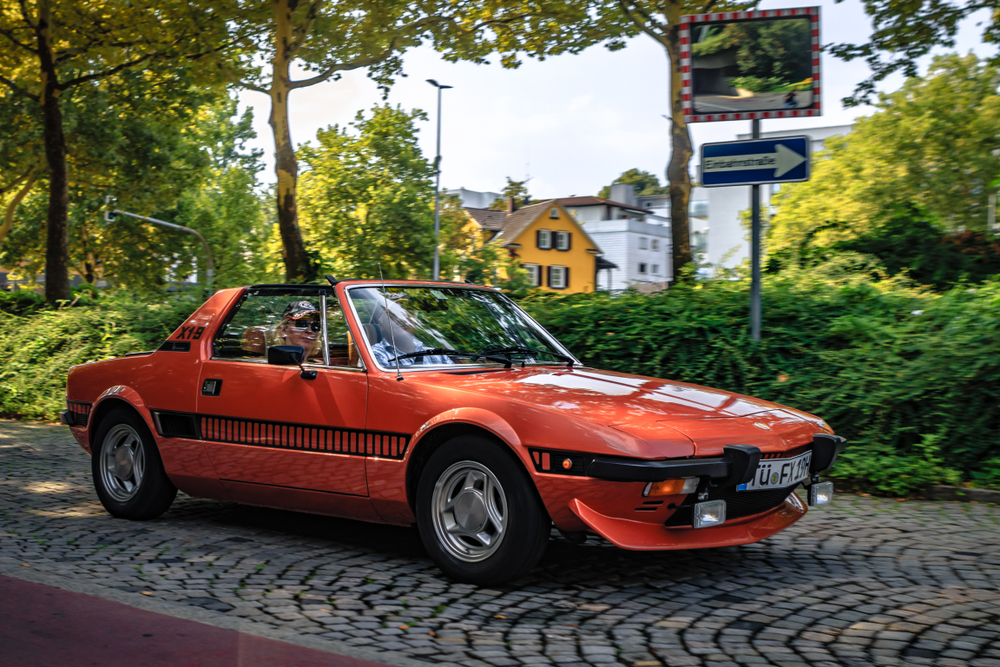
The Fiat X1/9 was a mid-engine sports car that promised fun handling but was plagued by rust issues and mechanical failures. Its small 1.3L and 1.5L engines were underpowered, and while it had a loyal following, the X1/9’s maintenance demands and fragile build made it more of a headache than a joy to own.
Buick Reatta (1988-1991)
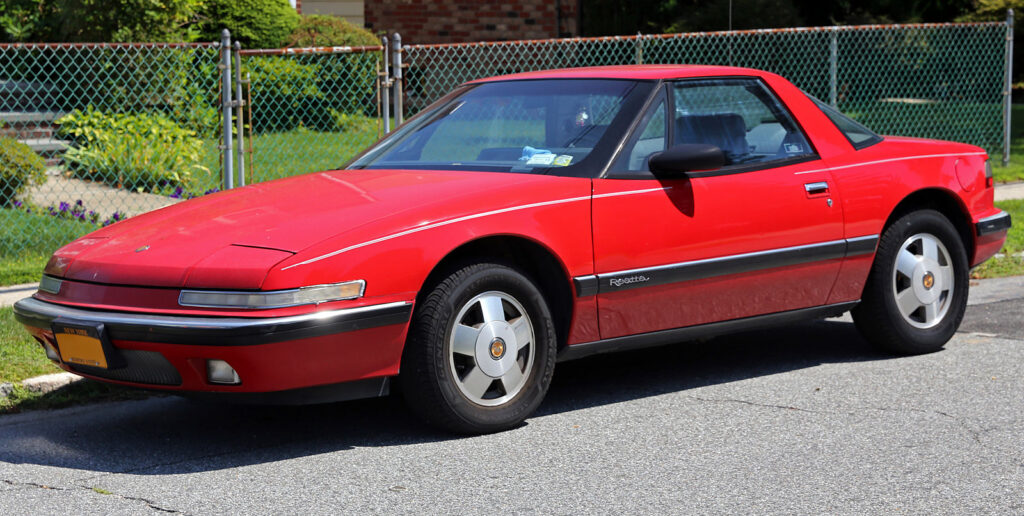
The Buick Reatta was a luxury coupe with futuristic styling, but its performance didn’t live up to the looks. Powered by a 3.8L V6, it was more of a comfortable cruiser than a true sports car. Its high price, limited practicality, and lack of excitement left it overshadowed by more dynamic competitors.
Peugeot 504 Coupe (1968-1983)
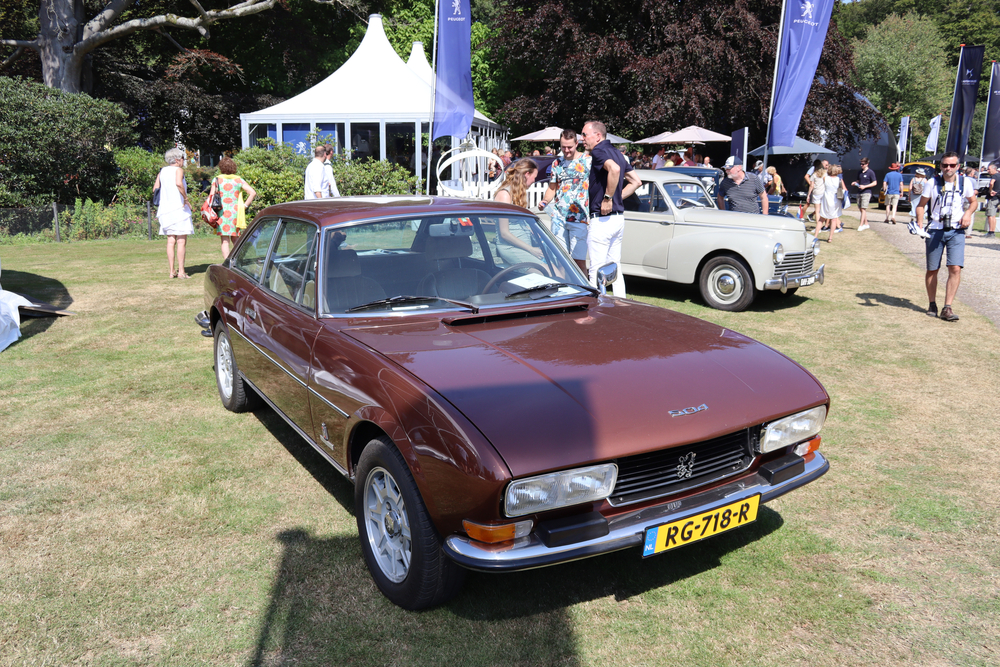
The Peugeot 504 Coupe was known for its elegant design and comfortable ride, but it lacked the performance to be a true driver’s car. Its engines, ranging from a 1.8L to 2.7L V6, were underwhelming for a car of its class, and while it handled well, it wasn’t exciting to drive, leaving enthusiasts wanting more.
Dodge Charger Daytona (1976-1977)
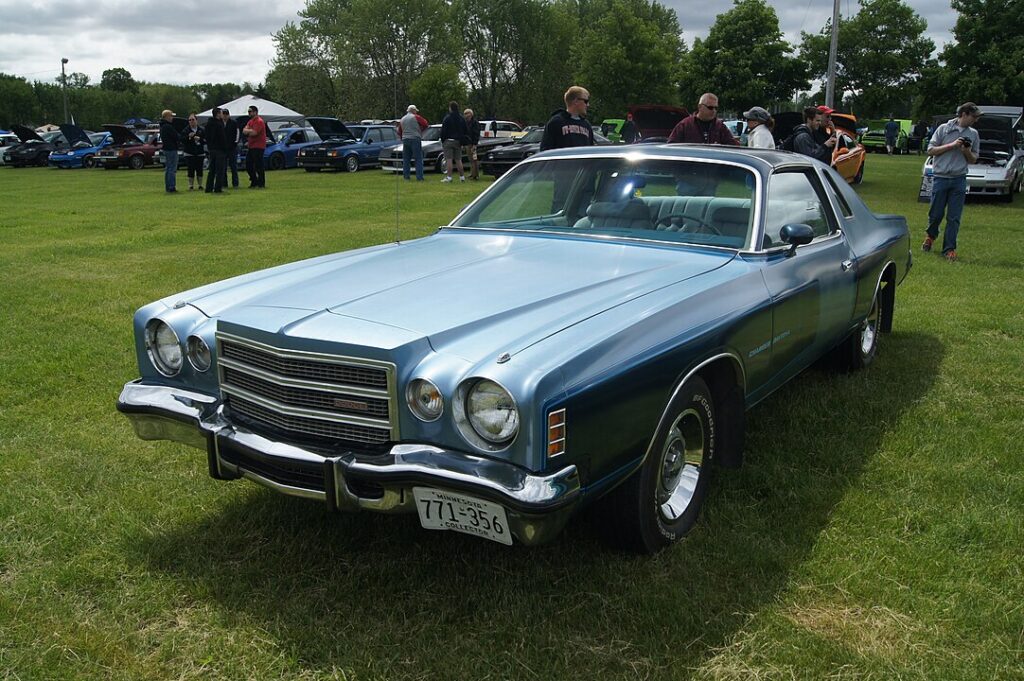
The 1976-1977 Dodge Charger Daytona tried to capitalize on the success of its NASCAR-inspired predecessor, but it was little more than a rebadged Chrysler Cordoba. Its 5.9L V8 engine was heavy and underpowered, offering none of the performance thrills expected from the Charger name. Fans of the original were left disappointed by this weak follow-up.
This article originally appeared in MyCarMakesNoise.
More from MyCarMakesNoise
11 Nostalgic RVs That Aren`t Holding Their Worth

If you have a soft spot for classic RVs, it’s important to know that not all vintage models retain their value over time. While the charm of nostalgic RVs is undeniable, some have seen their worth decline significantly. Read More
20 Hidden Flaws in Electric Cars You Should Know About

Electric cars are gaining popularity for their eco-friendliness and innovative technology, but they’re not without their flaws. Many issues go unnoticed or unspoken. Read More
20 Timeless JDM Cars Every Enthusiast Dreams of Owning
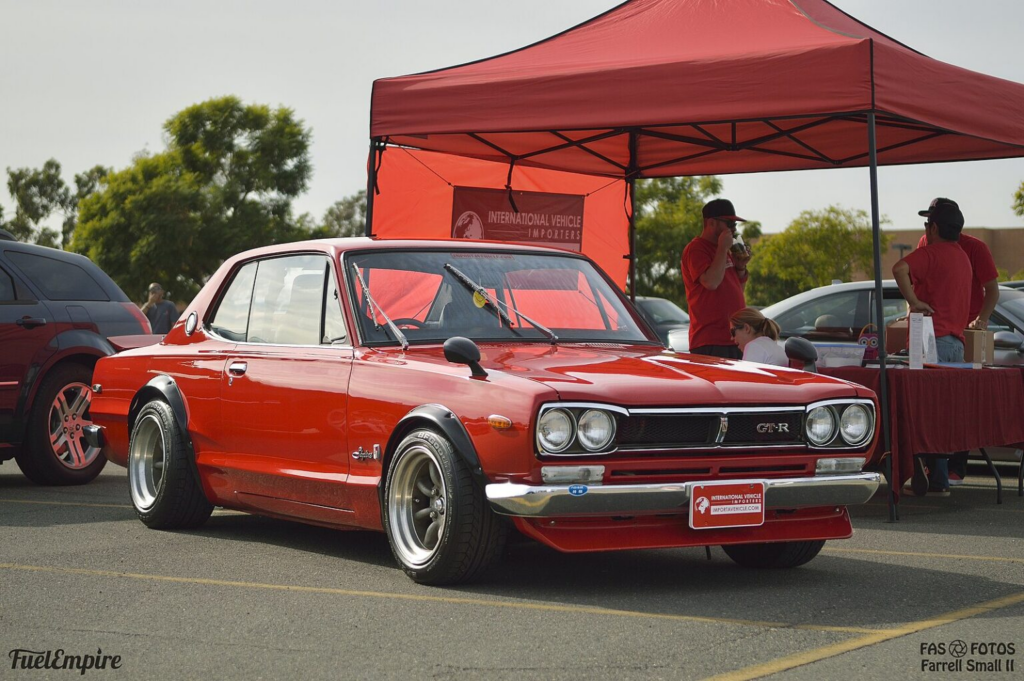
Vintage JDM (Japanese Domestic Market) cars have a unique charm and timeless appeal. Known for their style, performance, and innovation, these classic Japanese cars have captured the hearts of car enthusiasts worldwide. Read More

